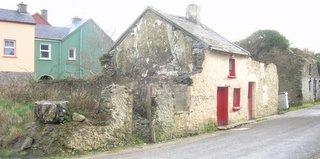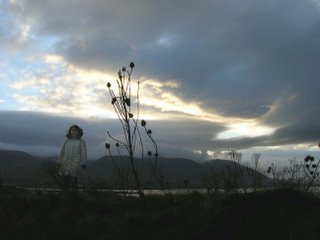-Merrily Kerr

In Decembers 2005 Art on Paper, there is an interview Merrily Kerr had with printmakers Felix Harlan and Carol Weaver. Harlan and Weaver met each other in 1980 at Aeropress under Patricia Branstad who was Kathan Brown’s assistant at Crown Point Press. Harlan and Weaver later decided that they wanted to open their own small printshop in the lower east side of New York. At first they rented a press and printed with Jeryl Parker who had unconventional approaches to printmaking. Along with Parkers friends, they also became friends with several artists in the east village who introduced them to other artists. Soon they started getting jobs of their own despite the downturn in the market. Today is a very productive time in printmaking in New York, especially for etching. There has been a shift in taste on the part of people who are buying prints and in curatorial interests in small-specialized printshops. It was believed that printshops should be large and offer every technique possible. Harlan feels a kinship with other printers in New York and around the country because of this shift.
When Harlan and Weaver were young they felt a need to learn all printmaking techniques, but they became focused on more traditional intaglio techniques. They seldom use photo-processes or handwork after printing. The emphasis is more on what one can do to the plate. They enjoy working with artists who haven’t been published as well as more experienced artists such as Kiki Smith, Richard Artschwager, and Louis Bourgeois. Right now they so contract work but hope in the future to publish more.
- My abstract from Art on Paper Nov/Dec 2005
I thought this interview was so interesting. I was inspired to read that small-specialized printshops are becoming popular in New York since this is my plan for the future. It’s also exciting that etchings are becoming more desired by buyers. Hopefully, what is going on in New York will impact the rest of the country. This article also makes me think about what Harlem and Weaver said about wanting to learn all the techniques while they were young. I could relate to it because I feel like I wanted to learn every medium and technique while I was at CCA. Now, I’m rethinking this unrealistic goal and feel like it is important to master in a certain medium, and also have some experience and respect for other techniques.





